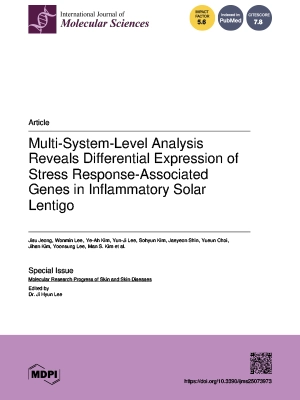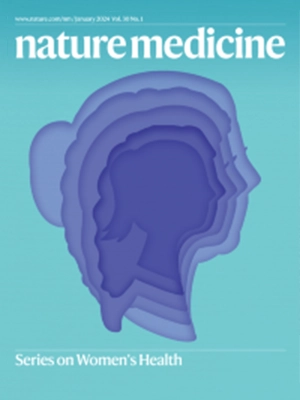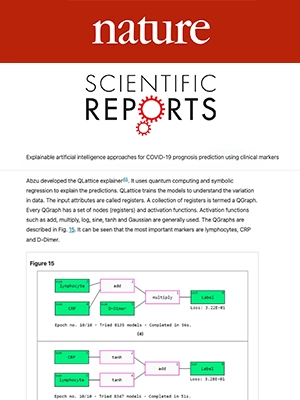Monika Mangla, Nonita Sharma, Poonam Mittal, Vaishali Mehta Wadhwa, K. Thirunavukkarasu, and Shahnawaz Khan. Print ISBN: 9781119791720. Online ISBN: 9781119792345. 30 July 2021.
About this book.
“Emerging Technologies for Healthcare” begins with an IoT-based solution for the automated healthcare sector which is enhanced to provide solutions with advanced deep learning techniques.
The book provides feasible solutions through various machine learning approaches and applies them to disease analysis and prediction. An example of this is employing a three-dimensional matrix approach for treating chronic kidney disease, the diagnosis and prognostication of acquired demyelinating syndrome (ADS) and autism spectrum disorder, and the detection of pneumonia. In addition, it provides healthcare solutions for post COVID-19 outbreaks through various suitable approaches, Moreover, a detailed detection mechanism is discussed which is used to devise solutions for predicting personality through handwriting recognition; and novel approaches for sentiment analysis are also discussed with sufficient data and its dimensions.
This book not only covers theoretical approaches and algorithms, but also contains the sequence of steps used to analyze problems with data, processes, reports, and optimization techniques. It will serve as a single source for solving various problems via machine learning algorithms.
Chapter 3: QLattice Environment and Feyn QGraph Models—A New Perspective Toward Deep Learning
Summary
Artificial neural networks (ANNs) have been with us for quite a time, and with the advancement in the technology, the availability of graphical processing unit (GPU) and tensor processing unit (TPU) advanced architectures has been in the reach of the common person. Deep neural networks are now playing a major role in pattern recognition. In this chapter, a new type of deep learning model is discussed, and they are called Feyn models under the QLattice environment. These are inspired by quantum mechanics; they extend the concept of photon movement to evaluate the best possible model for a given deep learning problem. It is based on the Feyn framework, which evaluates maximum possible models for a given type of problem, and then, the best model can be further selected and tested.
The world is suffering from the COVID-19 outbreak, and daily, the COVID-19 impact data is released, and this data is used to train the QLattice models as a regression problem and predict the next impact estimate of the COVID-19 outbreak over the world. Further, the models are tested for binary classification problem for the prediction of a person is diabetic or not. The results show that the QLattice framework has a future in deep learning research.












